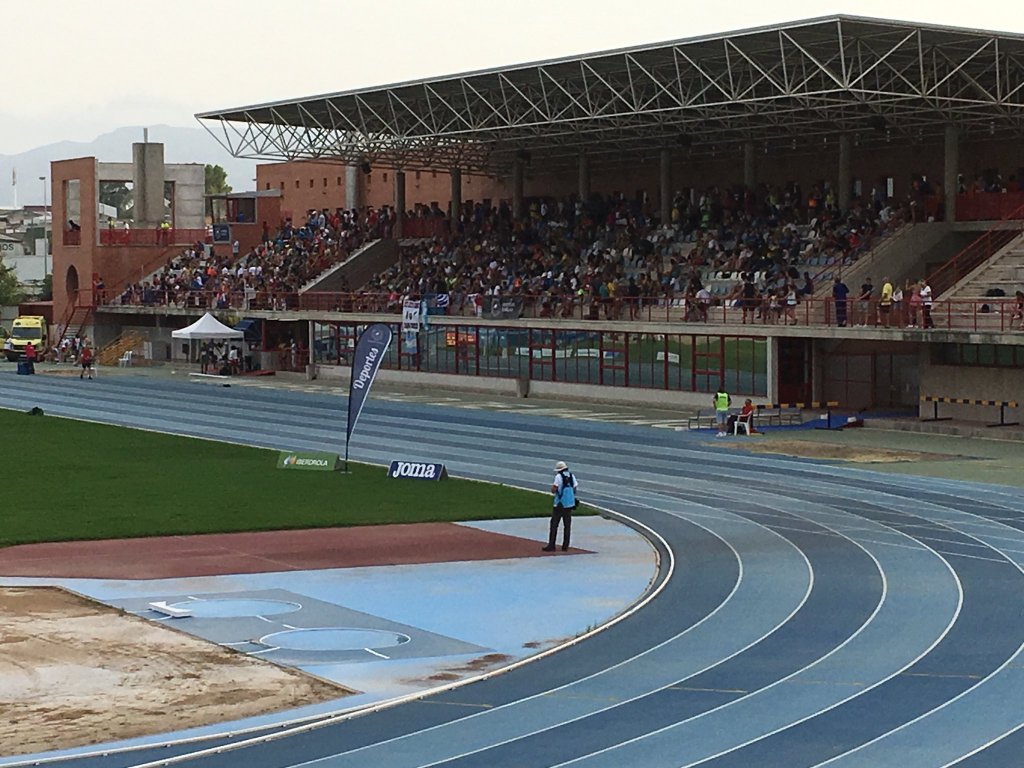If you follow this occasional blog, you might just recall me saying last time, in October 2023, that:
“In all honesty, I cannot see myself making a return to championship sprinting any time soon. The thought of it no longer instills in me the excitement of competition, but just a real and persistent fear of hurting myself yet again”
Well, a few days ago, I completely contradicted myself, and no harm seems to have come of it!
How so, you ask?
Well, last autumn, I was offered one of these “NHS Health-check” things. It was dreadful. So poorly done, that I could not recognise myself from the results I was given. The only factors given any weight in reaching the final results seemed to be age, birth gender and blood cholesterol. The first two of these even the fittest amongst us can have no control over, and the third is a controversial measure of anything. (See https://nutritionaltherapy.com/wp-content/uploads/2019/02/The-Cholesterol-Myth.pdf to read why I say that).
This all led to me undertaking a quite superb “wellness assessment” at the chiropractor’s under whose care I have had the privilege of being assisted for the last 20 years. It was more detailed than the NHS “Health-check”, and included discussion of numerous aspects of my recent health, and occasional lack of it. To move forward to the follow-up session a few weeks later, I was asked to consider action I could take on several fronts, where there might be a risk of things that were once dear to me “drifting away”, to the probable detriment of my mental and physical health.
There were two “biggies” on that list. One was to take on a commitment to an activity like a journey to somewhere that had long been on my to-do list. I have become very adept at putting things like this off. The other was to give serious consideration to some kind of return to competitive sport. There was, I’d agreed, the risk of my training (which has been going well) taking on a sense of futility if it wasn’t given an end purpose.
Well, happy to say, I now have a big motorbike trip to Ireland at an advanced stage of planning, for this summer. And last weekend, as I write this, I raced at the British Masters Indoor Athletics championships. For the first time since 2019.
Ok, it was only in the 60 metres, and I was completely resigned to travelling to the Lee Valley stadium, getting knocked out of the competition in the heats stage, and coming back home again. But it didn’t quite turn out like that.
I quickly realised how long I’d been away from the competitive scene, when I arrived at the stadium and the first person to recognise me (someone I’ve previously regarded as a friend) said to me “What on earth are you doing here?” Ouch. That stung.
I needed to stay focused. I used to have things like pre-race warm-up routines rehearsed pretty much to perfection, and knew when I should be doing what. But a nagging voice kept telling me “Ah, but that was then, and this was now.” Realising I’d be seeing people who’d want to chat, and who I’d not seen for a while meant I needed extra warm-up time, or risk being seen as rude and unapproachable. Getting all this right was actually one of my biggest worries. I have a social anxiety condition, but here, amongst some of my best friends, while I felt I was in a safe place, it was one that could easily have distracted me from the real job in hand – racing!
As I alluded to above, when I’d seen the entries for my race, which had been posted on-line a few days earlier, I’d resigned myself to getting eliminated in the preliminary heat, and to quickly being on my way home. However, it seems my legs had other ideas, and I qualified for the final! Consider me more than a little surprised. In years past (ie up to around 2019), qualifying for the final was almost a matter of honour for me, but as I said earlier, that was then, and this was now. It began to dawn on me that the training I’d been doing for much of the last year was preparing me for a return to racing better than I’d realised.
I’ve run many better 60 metre races than that final, but I avoided last place. I was fourth Brit, which I didn’t think was bad, given my lack of races in recent years, and given that I was only a month away from moving up to the next Masters age group. It amused me to recall that events rolled out very similarly in 2019, when I was also just a shade away from moving up an age group.
So, two targets met or on the way to being met.
I’ll keep you posted!
Tom
